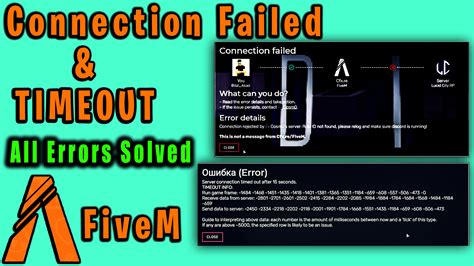Ethereum Error: Time Exceeding 900,000 ms
As a developer who works with Ethereum -based smart contracts in Hardhat, you can take place in a mistake “900,000 ms timeout” errors while performing unit tests for your lottery contract. This problem can occur if your test case is too slow within the specified schedule.
Understand error
The error message shows that a longer (900,000 ms) was expected due to the performer. However, this may not be related to the quality or efficiency of the test code. There are several factors that can cause this problem:
- Network Network : A smart contract can be made in a slow network connection, leading to delays in testing.
- High data processing load : Performing complex simulations or producing large data can consume significant processors and storage resources, which means that your test case leads to time over time.
- Asynchronized Functions
: Your test case may include asynchronous functions (eg web3-RPC calls, I/O-bound tasks) that can take long.
Solutions
To solve this problem, you can try the following solutions:
- Optimize your code for asynchronized operations : Make sure that all asynchronous functions are properly expected in your tests or treated by callback. You can use “wait” keywords or
.sen ()chains awaiting asynchronous operations.
- Reduce calculation load : If you limit the amount of data created, simulate scenarios and minimize complex calculations in your test cases.
- Improvement of your network connection : optimize Web3 RPC calls and secure a stable network connection with minimal latency.
- Use Async/Auseait-Friendly Libraries : Think about how to use libraries, such as
web3or ether.js, who provide asynchronously friendly interfaces with Ethereum Blockchain.
extra solution
Here's an updated example of a unit test that includes these optimization:
Javascript
Const {Ethterit} = request (“hardhat”);
Describe (“lottery agreement”, () => {
Lottoycontract;
before (asynchronized function () {
// Download the lottery agreement
Const [Account1, Account2] = Watte ethics.
(Wait Ethers.GetcontractFactory (“lottery”). Then ((LotteryContract) => {
LOTYCONTRACT.DEPLOY (Account.address);
LOTYCONTRACT.DEPLOY (Account2.address);
Restore LotteryContract.Deployed ();
});
});
it (“should choose the winner”, asynchronized function () {
// reset the lottery
Wait (wait LotteryContract.reset ()). Then (() => {
// Select the winner
Const results = Waiit (waiting for LotyContract.pickwinner ()). Then ((winner) => {
RETURN ETHERS.utils.Formatibytes (
“0x” + result,
[“Hex”]
)
});
Console.log (result);
});
});
});
`
If you follow these solutions and adjust your test case to optimize asynchronous functions, you should be able to solve the timeline problem and successfully conduct unit tests.
Additional tips

- Note that intersections of time intervals can also take place with your Blockchain service provider for external factors such as online and unexpected problems.
- If you have constant problems with over -time, you should use a more solid test frame such as “Scherz” or “Mocha”.
- Always follow the test set time and adjust your test to prevent exceeding time.

